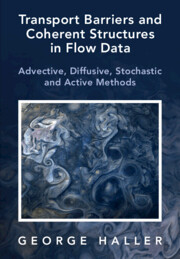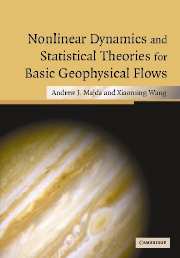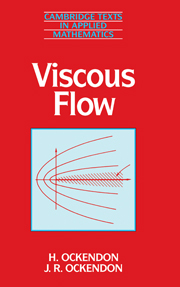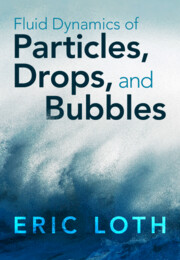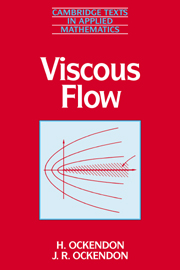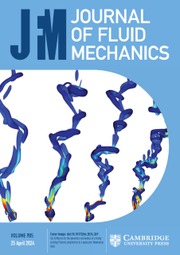Transport Barriers and Coherent Structures in Flow Data
Transport barriers are observed inhibitors of the spread of substances in flows. The collection of such barriers offers a powerful geometric template that frames the main pathways, or lack thereof, in any transport process. This book surveys effective and mathematically grounded methods for defining, locating and leveraging transport barriers in numerical simulations, laboratory experiments, technological processes and nature. It provides a unified treatment of material developed over the past two decades, focusing on the methods that have a solid foundation and broad applicability to data sets beyond simple model flows. The intended audience ranges from advanced undergraduates to researchers in the areas of turbulence, geophysical flows, aerodynamics, chemical engineering, environmental engineering, flow visualization, computational mathematics and dynamical systems. Detailed open-source implementations of the numerical methods are provided in an accompanying collection of Jupyter notebooks linked from the electronic version of the book.
- Provides a unified treatment of all developments of the geometric theory of advective, diffusive, stochastic and active transport barriers over the past few decades
- Demonstrates all methods on diverse physical data sets ranging from mixing experiments through ocean surface velocities to climate geoengineering simulations
- Provides links to an extensive collection of numerical demonstrations included in Jupyter notebooks
Reviews & endorsements
‘This is a must read for anyone interested in data-driven fluid mechanics. Coherent structures are central to how we understand fluids, and Haller has been a pioneer in this field for decades. This book covers an exciting range of topics from introductory to advanced material, complete with beautiful graphics and illustrations.' Steven L. Brunton, University of Washington
‘George Haller has written a clear, well-illustrated text that step-by-step explains the mathematics needed to understand and quantify fluid motions that cause mixing and describes and identifies the corresponding transport barriers to mixing processes. The ideas are introduced in a systematic way, with examples that highlight analytical features, software available via github, and interpretations to help the reader build intuition for the mathematical concepts and their application to physical processes.' Howard A. Stone, Princeton University
‘Dynamical systems theory was developed in the 1980s, but for fluid dynamics has not played the prominent role it deserves. The present insightful and well-written book `Transport Barriers and Coherent Structure in Flow Data’ by George Haller now bridges this gap between modern fluid dynamics and dynamical systems theory. It is based on mathematically grounded and solid methods, which are then applied to fluid dynamical problems and data sets. It also includes the usage of modern data-driven methods. The book is complemented by clickable links to a library of numerical implementations of transport barrier detection methods. It is a wonderful textbook for Turbulence and Advanced Fluid Mechanics classes for students in Applied Mathematics, Physics, and Mechanical and Chemical Engineering alike and unmissable for scientists working at the interface between dynamical systems theory and fluid dynamics.’ Detlef Lohse, University of Twente
‘… essential reading in areas related to chemical engineering, geophysical flows, and aerodynamics, to name a few of its applications. … Highly recommended.’ R. N. Laoulache, Choice
Product details
May 2023Hardback
9781009225175
426 pages
260 × 182 × 24 mm
1.03kg
Available
Table of Contents
- 1. Introduction
- 2. Eulerian and Lagrangian fundamentals
- 3. Objectivity of transport barriers
- 4. Barriers to chaotic advection
- 5. Lagrangian and objective Eulerian coherent structures
- 6. Flow separation and attachment surfaces as transport barriers
- 7. Inertial LCSs: Transport barriers in finite-size particle motion
- 8. Passive barriers to diffusive and stochastic transport
- 9. Dynamically active barriers to transport
- Appendix
- References
- Index.

